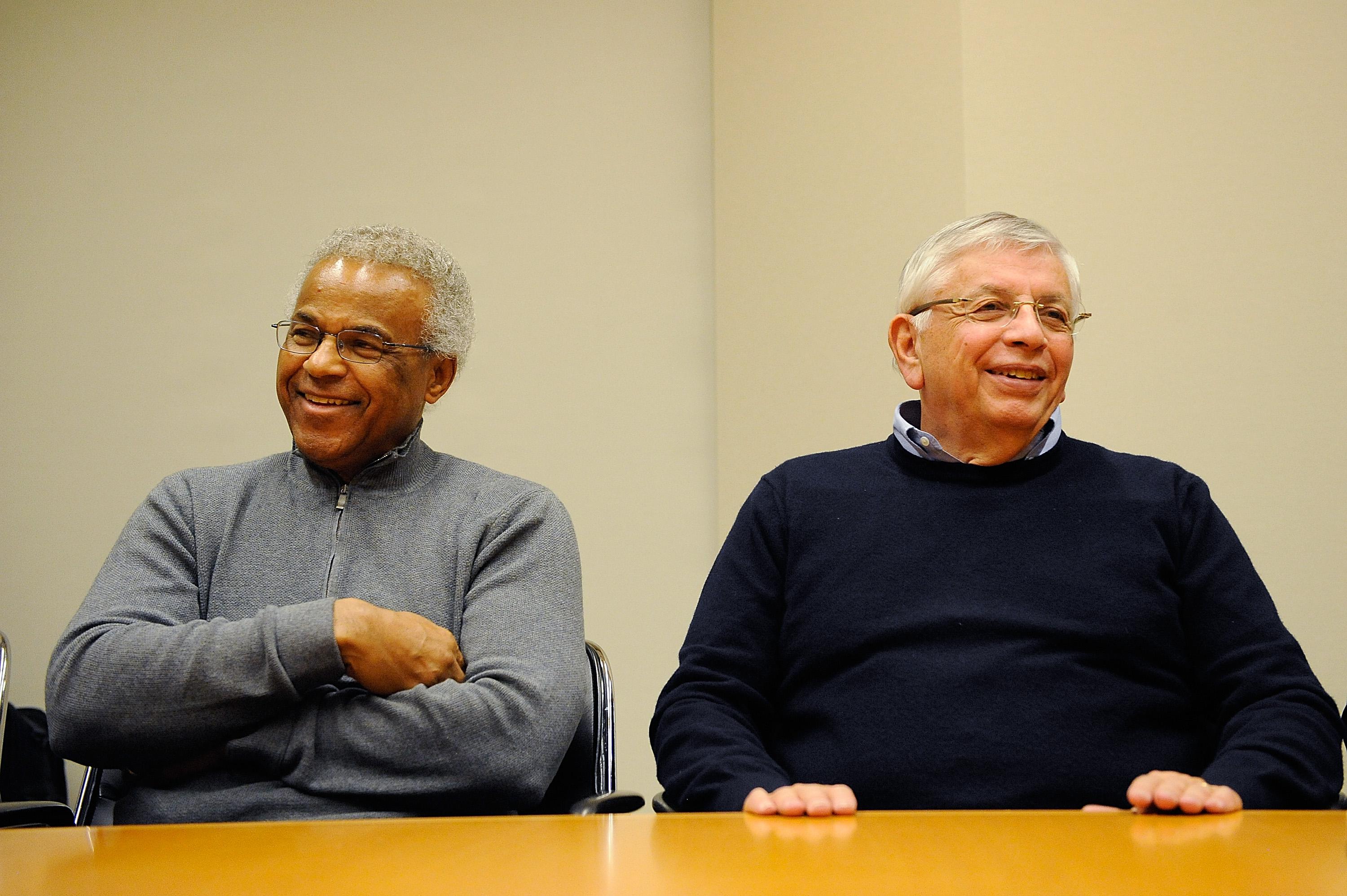The full details of the NBA labor agreement still aren’t in, but it’s difficult to read the basic terms as anything less than a huge victory for management. The most fundamental issue at stake is that under the old labor agreement, owners committed to paying out 57 percent of Basketball-Related Income in the form of player salaries. Under the new deal, the owners will only pay 50 percent out. There are lots of other balls in the air, but there’s no other topic that divides the interests of players and owners in such a stark and fundamental way. Indeed, once the basic BRI split is achieved there’s actually a lot of commonality of interests—for any given share of BRI you’re guaranteed to get, your basic interest is to structure the league so as to maximize BRI, the basic thing to fight about is the split of the revenue. Once the players concede that they’ll be eating a smaller slice of the pie, the question becomes how to make as much pie as possible.
If you want to understand how the owners wound up with the leverage to win big, I think the starting point is Dave Berri’s observation that players and owners obtain income at different times. Each week of canceled regular season means one week less of wages for players, and one week less of revenue for owners. But when the regular season ends, players stop collecting wages while owners keep obtaining playoff revenue. Consequently, canceling a few months of the regular season takes a much larger bite out of the players’ income than it does out of the owners’ income. A secondary factor is that the players are operating on a very different time horizon. One season is a very long percentage of the total career of the typical basketball player. An NBA franchise, by contrast, in principle lasts forever. A change in the structural rules of the league to make team ownership more lucrative can have a huge impact on the value of the franchises and is worth giving up a fair amount of short-term income for. If the players want leverage in a labor dispute they need to be able to structure the timing so as to be able to credibly threaten to shut down a playoffs.
Last, but in many ways least likely to endure, is the fact that for now at least owners don’t need to worry that squeezing player compensation will degrade the quality of their workforce. If you’re really good at basketball, the way to make money is to play in the NBA. Many Americans earn a living playing basketball in Europe, but even in the new stingier regime it’s still much more lucrative to play in the NBA and there’s no meaningful competition for high-end basketball talent. But it’s not obvious that situation will last forever. At a minimum, there’s much more competition for basketball talent today than there was 20 years ago. Twenty years from now, as China grows richer and European basketball gets better organized, the competition will likely be stiffer. That would be a game-changer in terms of these negotiations. But until then, even with a strong and united labor union the players have very few cards in these negotiations.
